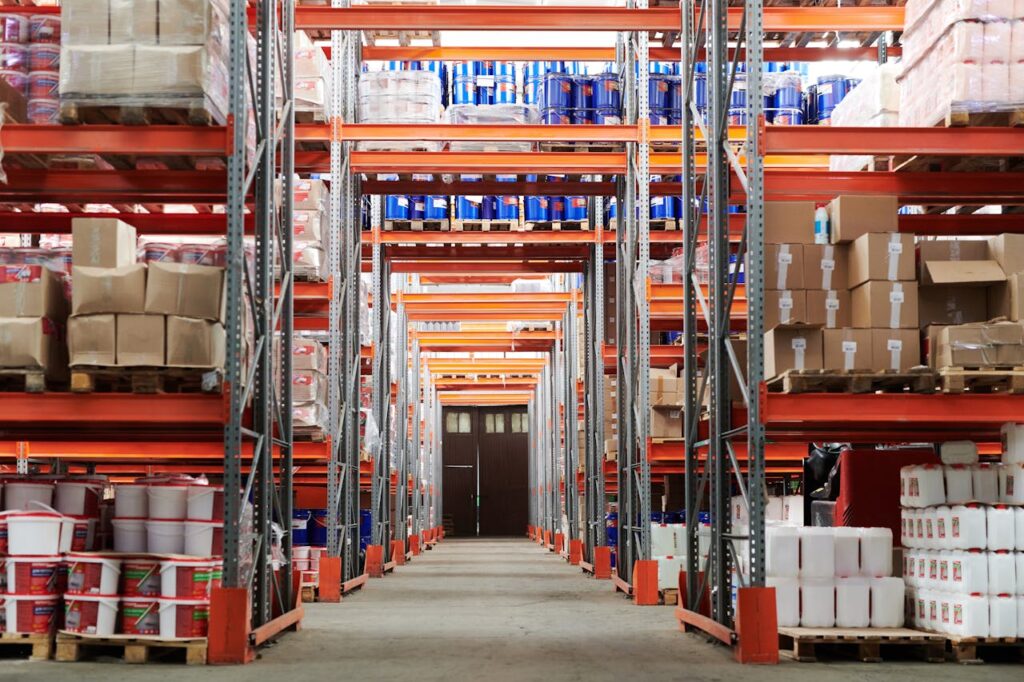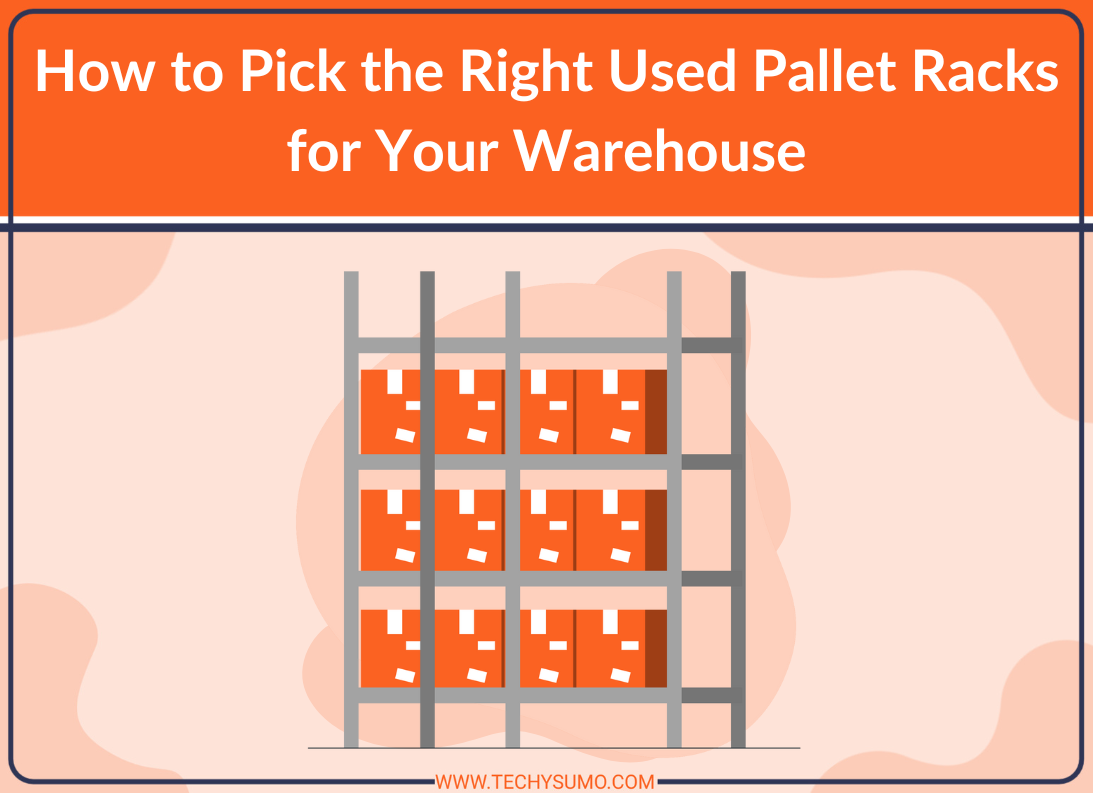Keeping warehouses organized and efficient often starts with the right pallet racking systems in place. Pre-owned pallet racks have become a convenient and cost-effective solution for businesses managing inventory transitions. Selecting suitable used pallet racks ensures maximum storage capacity, safety, and better workflow in dynamic warehouse environments. Here, we outline the essential steps for evaluating, selecting, and installing racking systems that align with warehouse objectives.
Many businesses explore used pallet racks for sale to reduce costs without compromising on structural integrity. These racking options offer dependable performance when chosen carefully from reputable commercial rack specialists or industrial shelving sources. Stockroom operators benefit from reliable and budget-friendly storage solutions that continue to deliver value over the long term. This guide will help streamline your selection process and support better operational decisions moving forward.
Understand the Type of Inventory Being Stored
Every warehouse handles different product types, which determine the type of pallet shelves required. Inventory weight, size, and handling method directly influence the configuration of an ideal racking solution. Matching rack strength with stored goods ensures better safety and performance during routine loading and unloading operations. Oversized or delicate items may demand extra clearance or specialized shelving accessories for reliable support.
Trusted pallet rack suppliers help assess inventory needs and offer options tailored to meet storage goals. These warehouse racking providers evaluate usage patterns to recommend configurations suited for long-term stockroom operations. Their input ensures that the selected racks meet both structural needs and practical handling requirements. Choosing experienced suppliers helps avoid poor decisions that compromise both productivity and safety simultaneously.
Evaluate the Condition and Material of the Rack System
Used shelves must be inspected for corrosion, dents, or instability that can impact warehouse safety standards. Beam connectors and frames should remain straight and rust-free to prevent accidents and ensure the system’s structural integrity. Steel shelves typically offer greater durability, especially in high-traffic or heavy-duty stockroom environments. Never purchase used units without verifying that they meet your expected weight and operational requirements.
Used rack system dealers often provide condition reports, usage history, and guidance on material selection for durability. Their industry knowledge can help verify which shelves will withstand your warehouse’s load requirements. Reliable sellers conduct thorough inspections before resale, thereby minimizing the risks associated with structural damage or misuse. Working with trusted dealers ensures your investment provides lasting value and warehouse security.
Check Compatibility with Existing Systems and Equipment

Shelves should align with your current warehouse layout, including aisle spacing, forklifts, and pallet sizes. Incompatible dimensions may restrict traffic flow, slow loading processes, or introduce unexpected safety concerns. Measure stockroom height, equipment clearance, and floor capacity before committing to any used rack purchase. Proper planning prevents workflow disruptions and maximizes storage efficiency in tight or complex spaces.
Industrial shelving sources typically understand the importance of system integration and will assist with layout compatibility assessments. Their expertise helps ensure that new shelves blend seamlessly into existing structures and that warehouse equipment is utilized effectively. They may offer customizable options that work seamlessly with current systems, eliminating the need for additional retrofitting. This saves money, prevents downtime, and supports a smoother operational transition.
Review the Seller’s Reputation and Purchase Options
Evaluating the rack seller’s background protects your business from faulty equipment or misleading product details. Look for detailed specifications, warranties, and past customer reviews before making a final purchase decision. A reputable seller usually offers transparency, ongoing support, and logistics for safe and timely rack delivery. Buying without this assurance may result in hidden defects or shipment delays.
Commercial rack specialists with a proven record usually deliver shelves that meet professional-grade standards and functional requirements. Their knowledge enables buyers to select shelves that meet both safety codes and practical application requirements. Many offer guarantees or return policies, providing added protection during the buying process. Their professionalism brings peace of mind and a smoother overall procurement experience.
Account for Safety, Compliance, and Load Requirements
Every racking system must support the actual weight of stored goods without risk of collapse. Overloaded or misaligned shelves create safety hazards and may violate warehouse inspection regulations or insurance guidelines. All rack components must be labeled for capacity, inspected for wear, and secured during setup. Ignoring safety standards puts both inventory and personnel at unnecessary risk.
Working with knowledgeable rack sellers ensures compliance with OSHA standards and state-specific warehouse safety regulations. These stockroom racking providers help interpret capacity charts and advise on secure installations for daily use. Their inventory often includes compliant shelves with verified performance ratings for peace of mind. Using such reliable sources reinforces workplace safety while meeting business obligations.
Smart warehouse decisions begin by recognizing the value offered through well-chosen used pallet racks for sale. The proper selection supports safety, optimizes floor space, and accommodates operational changes over time. Evaluating rack quality, compatibility, and supplier reliability ensures each investment brings long-lasting performance and stockroom stability. Make a strategic move today by investing in storage solutions that strike a balance between function, flexibility, and budget-conscious planning.




